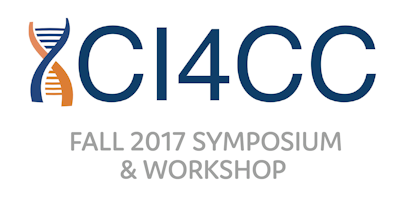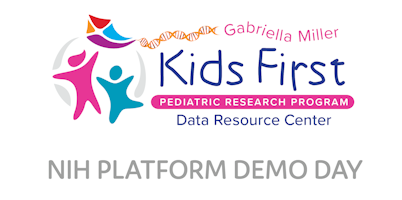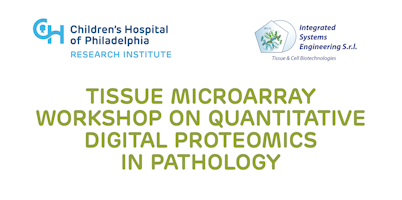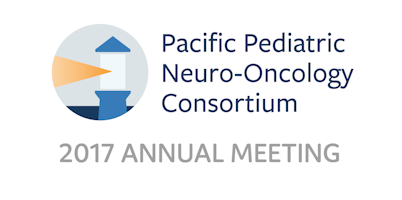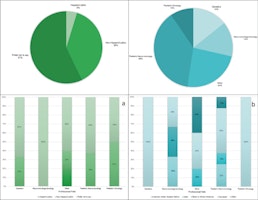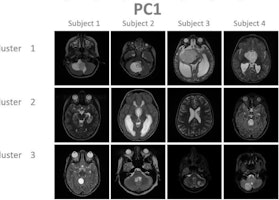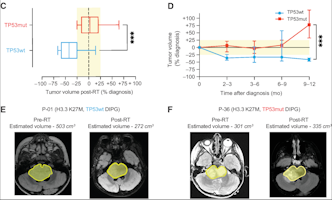Adam Resnick
Philadelphia, PA USA
Children’s Hospital of Philadelphia
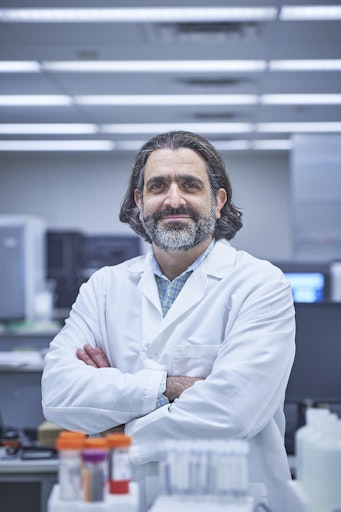
About
Director
Center for Data Driven Discovery in Biomedicine
Adam Resnick is the Director of Data Driven Discovery in Biomedicine (D3b) at Children’s Hospital of Philadelphia (CHOP) responsible for leading a multidisciplinary team to build and support a scalable, patient-focused healthcare and educational discovery ecosystem on behalf of all children. He is also responsible for all scientific and fiscal responsibility for projects within the Center including: center leadership, supervision of bioinformatics, genomics, visualization tools and software development for the data resource portal shared by various center initiatives.
Adam’s research is focused on defining the cell signaling mechanisms of oncogenesis and tumor progression in brain tumors. His research lab studies cell signaling cascades and their alterations in pediatric brain tumors to elucidate the molecular and genetic underpinnings of each tumor in an effort to identify and develop targeted therapies. Adam serves as Scientific Chair for several consortia-based efforts, including the Children’s Brain Tumor Tissue Consortium (CBTTC) and Pacific Pediatric Neuro-Oncology Consortium (PNOC), which include more than 20 pediatric hospitals across the globe.
Adam earned a dual-bachelor’s in neuroscience and English & literature from the University of Florida before completing a PhD in neuroscience from Johns Hopkins University in Baltimore, MD.

Children’s Hospital of Philadelphia
scientific
Projects
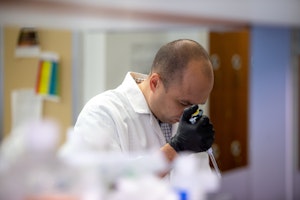
Specimen
Ongoing
Gene Expression Analysis Platform Evaluation for FFPE Specimen Material-Based Studies
Newly developed technology is advancing the ability of researchers to gain important insight from small clinical specimens.
Medulloblastoma, HGG

Mateusz Koptyra

Data
Specimen
Planning
Proteomic Analysis of CBTN Cell Lines
Using cell lines provided by the Children’s Brain Tumor Network, researchers will attempt to build resources used to develop effective treatments and predict the treatment outcomes of pediatric brain tumor patients.
HGG, (AT/RT)

Roger Reddel

Specimen
Ongoing
Targeting Medulloblastoma by Regulating RNA Binding Proteins
RNA-binding proteins (RBP) may play critical roles in medulloblastoma development studying their roles will provide additional direct and indirect targets for the treatment of these tumors and beyond. Researchers will utilize cell lines provided by the Children’s Brain Tumor Network in an effort to identify new targets in the pediatric forms of these tumors.
Medulloblastoma

Robert Schnepp

Data
Specimen
Completed
Evaluation of Immunosignature Profile in Medulloblastoma
Medulloblastoma is a tumor with many subtypes and noninvasive diagnostic tools are needed to accelerate diagnosis. Using rare samples made available through the Children’s Brain Tumor Network, researchers will analyze the use of noninvasive methods for tumor classification.
Medulloblastoma

Mateusz Koptyra

Specimen
Ongoing
Pediatric Brain Tumor miRNA Profiling for the Cohort of Children’s Brain Tumor Network Specimens
Many pediatric brain tumors are unable to be removed in surgery, requiring the development of new effective therapies. Using RNA samples provided by CBTN, researchers are producing important characterization of the tumors and biomarker data to be used by researchers around the world in the pursuit of such new approaches.
Craniopharyngioma, Medulloblastoma, HGG, (AT/RT), LGG, Ependymoma, Ganglioglioma, DNET, Schwannoma

Mateusz Koptyra
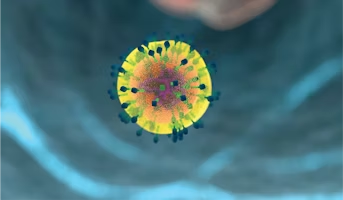
Data
Ongoing
Integrative Analysis of Childhood Cancers
Integrative research is needed to advance the treatment options for pediatric cancers. Researchers will analyze data provided through the Pediatric Brain Tumor Atlas in an effort to identify new opportunities in the treatment of pediatric cancers.
All Brain Tumor Types

Charlie Vaske

Data
Ongoing
Defining the Mutational Landscape of Pediatric Brain Tumors
Information regarding the mutations of genes in pediatric brain tumors is integral in developing new diagnostics and treatments. Researchers will use the Pediatric Brain Tumor Atlas to analyze comprehensive genetic information across pediatric brain tumor types, which will be used by researchers in the development of new treatments.
All Brain Tumor Types

Sharon J. Diskin
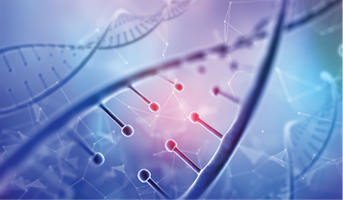
Data
Ongoing
Deciphering the Molecular Characteristics of Pediatric Meningiomas
Pediatric meningiomas are extremely rare tumors and are often of an aggressive form unresponsive to available treatments. Specimens from the Pediatric Brain Tumor Atlas will allow researchers to study this rare tumor in an effort to develop targeted therapies.
Medulloblastoma, HGG, LGG, Ependymoma, Meningioma, Schwannoma

Nadia Dahmane

Data
Ongoing
Hudson Monash Paediatric Precision Medicine Program
There is a great need to find new targets for pediatric brain cancer therapeutics, requiring comprehensive analysis of tumor types. Access to the unique dataset available through the Pediatric Brain Tumor Atlas and computational support from CBTN will allow researchers to carry out this research.
All Brain Tumor Types

Ron Firestein

Specimen
Ongoing
CBTN Cell Lines High-Throughput Drug Screening Study (NCATS)
A robust resource on the drug response across pediatric cancer types will be helpful to guide clinical decisions. Using samples provided by the Children’s Brain Tumor Network, researchers will create and share this important data resource.
(AT/RT)

Mateusz Koptyra

Specimen
Completed
Target Identification and Modeling of NF1-associated Low-grade Glioma
Low grade gliomas are often associated with the genetic disorder neurofibromatosis type 1 and research is needed to develop targeted therapies for such tumors. The Children’s Brain Tumor Network is providing researchers with rare samples necessary to accelerate progress in the treatment of NF1-LGGs.
LGG

Michael J. Fisher

Data
Ongoing
PNOC and SJCRH Collaborative DIPG Radiogenomic Investigation
Tumor classification through imaging is an important part of pediatric cancer diagnosis and treatment. Researchers will investigate tumor imagery and genomic data provided by the Children’s Brain Tumor Network in an effort to advance the accuracy of tumor classification.
DIPG

Data
Ongoing
Cancer Stemness of Pediatric Tumors
Epithelial-to-mesenchymal transition (EMT) derived stem cells and cancer cells share certain common characteristics. Using data from the Pediatric Brain Tumor Atlas, researchers will perform a variety of comprehensive analyses in an effort to better understand the link between the EMT and cancer growth.
All Brain Tumor Types

Data
Ongoing
The Australian Bioinformatics Commons Paediatric Cancer Pathfinder Project
The treatment of rare and deadly pediatric brain cancer requires an international effort to increase the impact of new discoveries. Through incorporation of data from the Pediatric Brain Tumor Atlas, researchers seek to develop the Australian Bioinformatics Commons, the largest data sharing initiative ever undertaken in Australia.
All Brain Tumor Types

Data
Ongoing
Decoding the Dark Matter of the High-Risk Paediatric Cancer Genome
Precision oncology can be a challenge for pediatric brain tumors. Researchers will interrogate data from the Pediatric Brain Tumor Atlas in an effort to explain poor outcomes and guide treatments for patients with under-explored mutations.
All Brain Tumor Types, (MPNSTs)

Data
Ongoing
Developing Summative Measures of Paediatric Cancer Risk
DNA damage susceptibility in adults has been found to be strongly associated with future cancer diagnosis, could the same be true for pediatric patients? Researchers will investigate data from the Pediatric Brain Tumor Atlas using newly developed algorithms in an effort to answer that question.
All Brain Tumor Types

Data
Ongoing
iPC EU Horizon 2020 - Individualized Paediatric Cure: Cloud-based Virtual-patient Models for Precision Paediatric Oncology
Medical imagery is an important part of cancer diagnostics and treatment. Researchers will use medical imagery available through the Pediatric Brain Tumor Atlas to evaluate new anomaly detection methods in an effort to advance individualized cancer diagnostics.
All Brain Tumor Types

Data
Ongoing
Mechanistic Modeling of High-grade Glioma
Comprehensive, integrative research is needed to advance the diagnosis and care of patients with high grade glioma (HGG). Using data provided through the Pediatric Brain Tumor Atlas, researchers will search for potential drug targets for the treatment of HGGs.
HGG
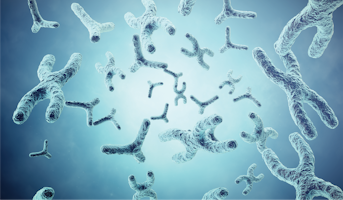
Data
Ongoing
Sex-specific Gene Expression Signatures in Pediatric Brain Tumors
Human development, disease risk, and response to treatments are often different in males and females. Researchers will interrogate data available through the Pediatric Brain Tumor Atlas to determine whether cancer treatments could be optimized based on such differences.
All Brain Tumor Types

Joshua B. Rubin

Data
Ongoing
Genetic Architecture of Molecular Phenotypes in Pediatric Brain Cancers
The identification of germline protein expression in brain cancer cells is pivotal in guiding the development of new treatments.s. Using the Pediatric Brain Tumor Atlas, researchers seek to create an important resource on the details of protein expression across many individual brain cancer types.
All Brain Tumor Types

Sebastian Waszak

Data
Planning
The landscape of pediatric RTK-driven gliomas
Oncogenic fusions involving receptor tyrosine kinases (RTK) provide an excellent opportunity for therapeutic targeting but the clinical and molecular landscape of pediatric RTK-driven gliomas remains largely uncharted. To define clinically-relevant tumor subgroups and assess their prognostic significance, we will evaluate the correlation between molecular and clinical characteristics. This project will provide mechanistic insights into RTK-fused gliomas and enable precision medicine approaches to treat these tumors.
HGG, LGG

Ana Guerreiro Stücklin
Data
Ongoing
Leveraging existing pediatric low-grade tumor specimens, clinical and imaging outcome data and artificial intelligence innovations to develop integrated biomarkers of response for children with low-grade glioma
This study will utilize artificial intelligence algorithms to predict underlying mutational status and outcomes for pediatric low grade glioma based on complex brain tumor MRI imaging features.
LGG

Benjamin H. Kann

Specimen
Ongoing
Functional Dependency Mapping in Paediatric Brain Cancers
The treatment of pediatric high grade gliomas could be improved and enhanced with a deeper understanding of their genetic and molecular characteristics. Using specimens from the Children’s Brain Tumor Network, researchers are exploring new therapeutic opportunities for pHGG.

Ron Firestein

Specimen
Ongoing
Molecular Characterization of Pediatric Brain Tumor Subjects and Trios within the Pediatric Brain Tumor Atlas
We have not yet discovered why the vast majority of children develop brain cancer. Utilizing CBTN data and Kids First data resources, researchers at CBTN are working to answer questions about the cause of pediatric brain tumors.
All Brain Tumor Types

Specimen
Completed
Neurocytoma WGS and RNAseq
The effective treatment of brain tumors requires a robust understanding of their biology. Using rare, high quality neurocytoma samples provided by the Children’s Brain Tumor Network, researchers seek to develop new treatments for this disease.

Adam Resnick

Specimen
Ongoing
Genomic Analysis of Oligodendrogliomas Across the Pediatrics, Adolescents and Adults
Oligodendroglioma is a rare brain cancer that has been hard to study due to a lack of available biospecimens. The Children’s Brain Tumor Network will provide researchers with the rare specimens necessary to generate deeper understanding of this malignant tumor.
Oligodendroglioma

Adam Resnick

Specimen
Ongoing
Project Hope: High-Grade Glioma-Omics in Pediatric and AYA
High grade gliomas can affect patients of all ages, and cross-age group analysis could lead to advancements in care for all populations. Using samples and data provided by the Children’s Brain Tumor Atlas, researchers supported by the NCI seek to improve outcomes for patients experiencing these tumors.
HGG

Adam Resnick

Data
Specimen
Ongoing
Children's Brain Tumor Network Pediatric Brain Tumor Proteomics Pilot
Pediatric brain tumors are the leading cause of disease related death in children. Major factors contributing to treatment failures for children with brain tumors include: i) the lack of comprehensive molecular description of the disease and an associated dearth of integration of the tumors’ biologi
Craniopharyngioma, Medulloblastoma, HGG, (AT/RT), LGG, Ependymoma, Ganglioglioma, DNET, Schwannoma

Adam Resnick

Specimen
Completed
Whole Genome Sequencing and RNA Sequencing of the CBTN Bank for the Pediatric Brain Tumor Atlas
Research into adult cancer has benefited greatly from large scale genomic research. Until now due to the limited resources and availability pediatric brain tumors have not been part of large-scale genomic generation efforts. The CBTN aims to create a comprehensive genomic atlas for use by researchers worldwide to unlock how brain tumors develop, grow, survive, and how they can be treated and cured.
Craniopharyngioma, Medulloblastoma, HGG, (AT/RT), LGG, Ependymoma, Ganglioglioma, DNET, Choroid Plexus Tumors, Meningioma, DIPG, Oligodendroglioma, Schwannoma, Germinoma, Choroid Plexus Tumors, Subependymal Giant cell Astrocytoma, NGGCTs

Adam Resnick
related
Presentations
Cancer Informatics for Cancer Centers (CI4CC)
Innovation Through Collaboration: Emerging Models in Pediatric for Data Driven Healthcare Ecosystem
Adam Resnick and Allison Heath
Childhood Cancer Research Symposium
Innovation through collaboration: New models for an integrated data-driven healthcare ecosystem
Adam Resnick
Workshop: Tissue Microarray and Quantitative Digital Proteomics in Pathology
New Models for an Integrated Data-driven Healthcare Ecosystem
Adam Resnick
Pacific Neuro-Oncology Consortium (PNOC)
Pacific Neuro-Oncology Consortium (PNOC)
Angela Waanders and Adam Resnick
